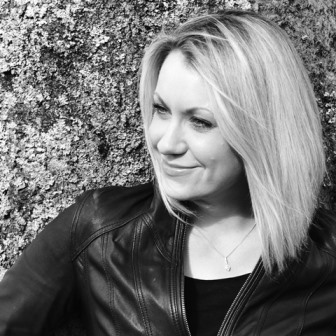The best way to find a cover design is via recommendations from other authors.

Check how happy they were with the process, timescale and look extensively at a designer’s portfolio. Remember that not all book cover designers are suitable for all genres – some can design across the board, in multiple genres, successfully, but others excel in certain areas. As in many things in life, cheap is not always good, but expensive is not always necessary.
It is important to note that a graphic designer is not the same as an artist or an illustrator. They create the imagery, but the layout and composition and typography come under the umbrella of graphic design, and rarely will an artist, illustrator, or photographer be able to successfully and fully maximise the potential of the imagery they create in realising your cover design. Usually, and essentially, a graphic designer will work with (a) stock illustration and photography, which is readily available and royalty free – this is usually the cheaper option and therefore most common practice when it comes to self-published authors and small press. Or (b) your designer will work together either with an illustrator or photographer that you wish to work with, or with one they have sourced and recommended.
When you find a graphic designer that you think may be a good fit for your book, be clear with them about what type of cover you want and what your budget is, not least because they can then recommend whether to use affordable imagery or commission photography or illustration.
A designer should ask you for the following things when working with you:
A blurb and or outline to give them an idea of the story, suggestions from yourself as to elements from the book that might be used, and sample covers that are both in the genre of your book and that you like.
The last point is key. As the author, you know your book best and it’s important to reflect where it will sit in the marketplace – this is the same information agents ask you when you submit to them; which books would yours sit alongside on the shelf. This is the most straightforward, efficient, and ultimately cost-effective way to ensure you get something that both reflects the genre you’re writing in and will work in your marketplace.
The Current Marketplace
It's packed full of books, and more and more authors are realising that to stand out, they need to up their game, and one of the ways of doing that is to ensure you have a better cover than others, especially as that cover isn’t going to be used just on your book, but on your Facebook and Twitter profiles, on Goodreads and review sites, your website and other marketing collateral. It is the face of your book and a part of your brand.
JD Smith (Jane) lives and works in the English Lake District. Having worked as a graphic designer since the age of 17, her passion for books and everything literary took over and she now works predominantly on book cover design and typesetting. She is the editor of the writing magazine Words with JAM, and the author of Tristan and Iseult and The Rise of Zenobia, the Overlord series, published with the Triskele Books collective.
Comments